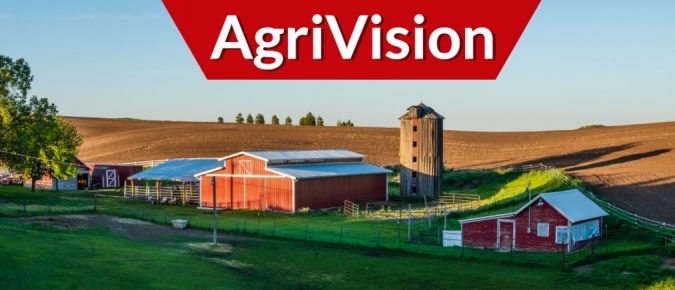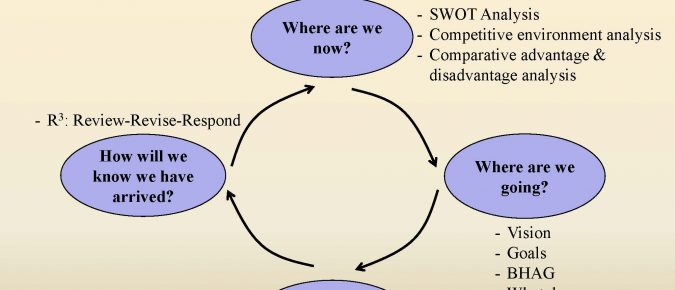Articles

Farm Management Articles
Research-based information and tools to help with your farm business management decisions
Looking for an expert to advise you on your ag and farm questions? We can help with that.
Building a Positive Farm Business Culture: Perceptions of Health and Safety among Latin/Hispanic Dairy Workers
As a result of some of the differences between worker/workplace regulations that impact farms and farm workers and those in other industries, sometimes farm workers (and their employers) are left in an uncertain position that can be confusing and frustrating for all involved. What can farmers do to keep their workers safe and healthy while at work?
AgriVision Podcast Episode 8 – Expanding milking herd
Host Katie Wantoch and Heather Schlesser, agriculture educator from Marathon County, discuss whether a dairy farmer and his son should purchase bred heifers or cows to expand their dairy herd.
AgriVision Podcast Episode 7 – Use CFAP funds to pay open accounts first
Host Katie Wantoch and Stephanie Plaster, Agriculture Educator in Ozaukee and Washington counties, discuss a dairy farmer who has received a CFAP payment for their milk production and are wondering who should pay first with this program payment and how much they should pay to vendors.
AgriVision Podcast Episode 6 – Know your cost of production before renting more land
Host Katie Wantoch and Simon Jette Nantel, Professor at UW-River Falls and Extension Farm Management Specialist, discuss if a farmer should offer a lower rental rate per acre to the neighbor who is retiring from farming.
AgriVision Podcast Episode 5 – Problems taking a toll
Host Katie Wantoch and John Shutske, Professor and Director of UW Center for Agricultural Safety and Health and an Extension Specialist, discuss a farmer’s wife who is worried about her husband and the ongoing struggles with their farm business.
AgriVision Podcast Episode 4 – Having surplus feed puts you in the driver’s seat
Host Katie Wantoch and Jerry Clark, Extension Agriculture Agent in Chippewa County, discuss a farmer who wants to know if they should sell surplus crops or keep the feed for next year.
AgriVision Podcast Episode 3 – Off-farm employment loss
Host Katie Wantoch and Jenny Vanderlin, Associate Director of the UW Center for Dairy Profitability, discuss a farmer whose wife lost her off-farm job due and if she should do more work on the farm.
How to Read and Understand Your Milk Check
Are you confused about what is printed on your milk check and what all the components are? Are you having difficulty reading your statement and knowing if the payments, particularly the premiums paid, are on par with what other producers are receiving. Learn where the numbers on your milk check come from and what they mean to your operation.
What is the biggest threat to a farm estate getting to the rightful heirs? It’s probably not what you think
A common misconception in farm estate and succession planning is that federal estate taxes are among the biggest threats to getting the farm assets to the rightful heirs. However, we propose that the biggest threat to a farm estate getting to the rightful heirs is the owner generation’s lack of succession planning and not federal estate taxes.
2021 ARC and PLC Signup: Recommendations for Wisconsin Farmers
As part of the 2018 Farm Bill, each year farmers can make a decision with regard to the commodity support programs ARC (Agriculture Risk Coverage) and PLC (Price Loss Coverage). For the 2021 crop year, sign up is currently ongoing, with the March 15, 2021 deadline rapidly approaching. According to Paul Mitchell, UW Ag & Applied Economics Professor and Extension Specialist, the decision this year is clear and recommendations are provided based on commodity prices and program details. If you have not already visited your local Farm Service Agency (FSA) county office to make your election for either the Agriculture Risk Coverage (ARC) or the Price Loss Coverage (PLC) program and to sign your annual enrollment contract, you should call and make your appointment now.
AgriVision Podcast Episode 2 – Selling Heifers
Host Katie Wantoch and Mark Hagedorn, retired Extension Dairy Program Manager, discuss a farmer who wants to know if they should sell pregnant dairy cattle heifers now or wait to sell these animals until after the cow has had her calf.
Tax Preparation Issues and Concerns
As we all know, the month of January often brings thoughts of taxes and tax preparation. Gary will focus on issues specific to farm tax returns so those listening may gain a better understanding of what to think about regarding farm tax preparation and be able to ask better questions with their tax advisor.
Tips for choosing an eCommerce platform
The CSA Innovation Network and UW-Madison Division of Extension share a report detailing farmer ratings of the most popular eCommerce platforms used by farmers for selling their products.
AgriVision Podcast Episode 1 – Sharing Knowledge and Expertise
In this introduction to the AgriVision Podcast, host Katie Wantoch describes how the AgriVision podcast came about and shares a little about her background with UW Madison Division of Extension.
Power of One
A new year always elicits new resolutions, goals and plans for how to better our business, family and self. However, a quick google search shows that only 8% of Americans keep their resolutions throughout the year and 80% have failed by February. How can we become an 8-percenter in the new year?
Putting the ‘Me’ in Merry: Self Care Tips for the Holiday Season
It’s the most wonderful time of the year, right? Unfortunately, it doesn’t always feel that way. Learn some quick self-care tips to take care of both your mind and body during the holidays.












